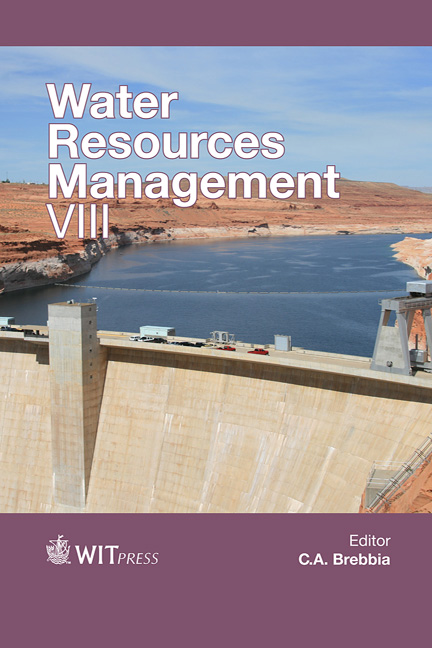Pharmaceuticals And Pesticides In Urban Groundwater: A Case Study – Maribor, Slovenia
Price
Free (open access)
Transaction
Volume
196
Pages
10
Page Range
413 - 422
Published
2015
Size
830 kb
Paper DOI
10.2495/WRM150351
Copyright
WIT Press
Author(s)
A. Koroša, N. Mali
Abstract
Pharmaceuticals and pesticides are pollutants belonging to the emerging organic compounds (EOC). EOC in groundwater can cause adverse effects on the environment and human health. They enter the natural environment as a result of various activities, their presence in groundwater being a result of the current anthropogenic activities and pollution loads from the past. The paper reviews the occurrence, the contamination level and sources of selected contaminants in aquifer Vrbanski plato, which is the main water resource for the city of Maribor and the surrounding municipalities. 54 groundwater and 4 surface water samples were collected in the region of Maribor, four times in different hydrogeological periods, and a total of 12 selected contaminants were analyzed in this study. Carbamazepine, propyphenazone and caffeine were determined as indicators of urban pollution, while pesticides and their metabolites (atrazine, desethylatrazine, deisopropylatrazine, terbuthylazine, desethylterbuthylazine, metolachlor, simazine and propazine, diuron) were defined as indicators of mainly agricultural pollution. The most frequently detected pollutants were atrazine, desethylatrazine, carbamazepine, desethylterbuthylazine and simazine, whereas diuron and propyphenazone were the least frequently detected. Detection frequencies of pharmaceuticals (carbamazepine, propyphenazone and caffeine) were lower than detection frequencies of pesticides. Atrazine (228.84 ng/l) and desethylatrazine (102.98 ng/l) showed the highest concentrations. All the selected EOCs were detected and present in the aquifer underlying the city of Maribor.
Keywords
pharmaceuticals, pesticides, groundwater, pollution, urban groundwater, Slovenia





